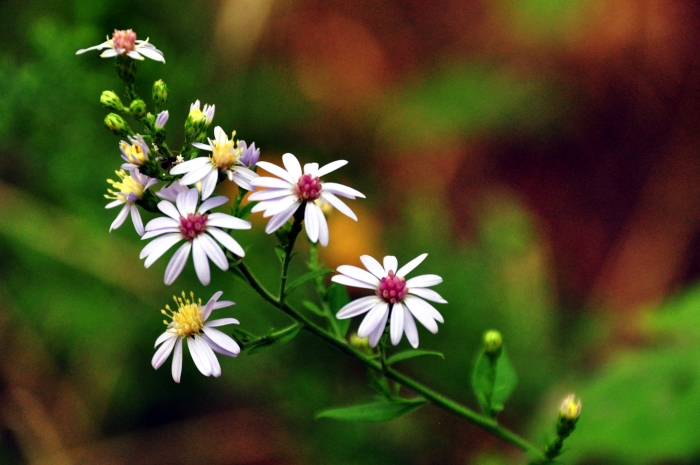White Panicle Aster
(Symphyotrichum lanceolatum)
White Panicle Aster (Symphyotrichum lanceolatum)
/
/

Daniel Gross
CC BY-SA 4.0
Image By:
Daniel Gross
Recorded By:
Copyright:
CC BY-SA 4.0
Copyright Notice:
Photo by: Daniel Gross | License Type: CC BY-SA 4.0 | License URL: https://creativecommons.org/licenses/by-sa/4.0 | Uploader: Fadedgreenpeace | Publisher: Wikimedia Commons | Title: Panicled_Aster_DSC_0053.JPG | Notes: User created page with UploadWizard |


















































Estimated Native Range
Summary
Symphyotrichum lanceolatum, commonly known as White Panicle Aster, is a deciduous perennial herb native to a variety of habitats including moist meadows, stream banks, and open woodlands across the USA and southern Canada. It can grow to a height of 1.5 meters (5 feet) or more, occasionally reaching up to 2 meters (6+1⁄2 feet). The plant has lance-shaped leaves that are generally hairless, with a slightly rough texture due to tiny bristles. White Panicle Aster is characterized by its clusters of flowers that branch into panicles, featuring 16–50 white ray florets up to 14 millimeters (1⁄2 inch) long, sometimes tinged with pink or purple. The flower centers have disk florets that start yellow and mature to purple. Flowering occurs from late summer to fall, providing a vital nectar source for late-season pollinators such as bumblebees, wasps, and hoverflies.
White Panicle Aster is valued for its ability to attract wildlife and its use as a late-season ornamental in gardens. It forms a stout rhizome and can spread to form clonal colonies, making it suitable for naturalized areas, borders, and pollinator gardens. It is also utilized in the cut flower industry. This aster thrives in full sun but can tolerate part shade, and it is adaptable to a range of soil moisture conditions, from slow to fast drainage. While generally easy to maintain, it can spread aggressively in some conditions, so gardeners should monitor its growth to prevent unwanted spread.CC BY-SA 4.0
White Panicle Aster is valued for its ability to attract wildlife and its use as a late-season ornamental in gardens. It forms a stout rhizome and can spread to form clonal colonies, making it suitable for naturalized areas, borders, and pollinator gardens. It is also utilized in the cut flower industry. This aster thrives in full sun but can tolerate part shade, and it is adaptable to a range of soil moisture conditions, from slow to fast drainage. While generally easy to maintain, it can spread aggressively in some conditions, so gardeners should monitor its growth to prevent unwanted spread.CC BY-SA 4.0
Plant Description
- Plant Type: Herb
- Height: 2-5 feet
- Width: 0.2-0.5 feet
- Growth Rate: Moderate
- Flower Color: White, Yellow
- Flowering Season: Summer, Fall
- Leaf Retention: Deciduous
Growth Requirements
- Sun: Full Sun, Part Shade
- Water: Medium
- Drainage: Slow, Medium, Fast
Common Uses
Bee Garden, Bird Garden, Butterfly Garden, Fire Resistant, Low Maintenance, Showy Flowers, Street Planting, Water Garden
Natural Habitat
Moist meadows, stream banks, and open woodlands
Other Names
Common Names: Panicled Aster, Lance-Leaved Aster, Lanzettblättrige Staudenaster
Scientific Names: , Symphyotrichum lanceolatum, Aster lanceolatus var. lanceolatus, Aster lanceolatus subsp. lanceolatus, Aster dracunculoides, Aster praecox, Aster hesperius var. hesperius, Aster caerulescens var. laetevirens, Aster caerulescens var. wootonii, Aster cornuti
GBIF Accepted Name: Symphyotrichum lanceolatum (Willd.) G.L.Nesom